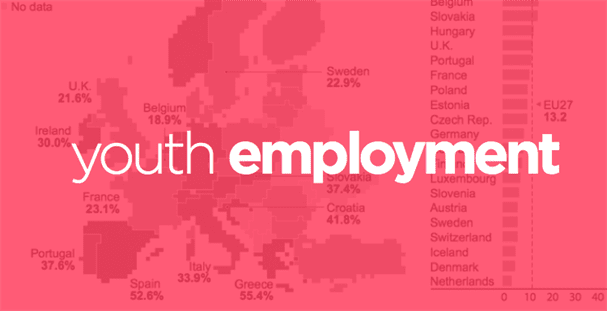Youth Employment Situation
Youth employment has been one of the major concerns for both developed and developing nations in recent times. Policy analyst and development practitioners in the field of employment unanimously agree that the world is facing a youth employment crisis. In such a situation, it has become crucial for young leaders, opinion makers, policy makers, the government and the youths themselves to discuss upon the crisis. The proportion of youth, especially those in the 20-29 years age group is very high. Currently, about 300000 people enter the labor market every year; most of them are youth.
A growing number of young people enter the labor market every year; their employment need has not been addressed proportionately. Poverty and lack of alternatives for a better job have been a push factor for many young people to turn to the informal economy have survived. Youth migrating from rural areas have been facing depressed urban labor markets as the unemployment problem is more severe in urban than rural areas because of the decrease in civic activities including a reduction of investment.
Youth employment challenge
Youth employment is a global challenge. However, their economic features depend upon each nations structure and culture. Developing countries are unsuccessful in steering young individuals towards a proper education system and labor market and thus are underutilizing the actual capacity of youths.
New technology and globalization of markets are making human labor more and productive. The youth employment challenge is about more than helping youngsters to make the transition from school to work, from college to career, from adolescence to adulthood. It’s also about winning them over to the values that underpin wealth creation. Young women often face even higher unemployment rates than young men or have lower participation rates.







